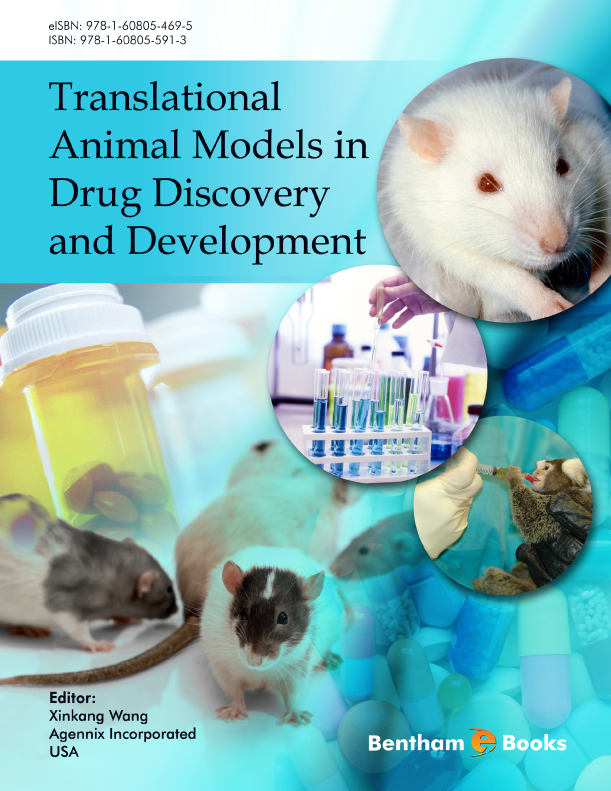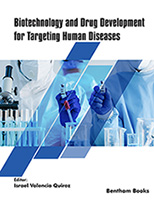The Pharmaceutical Industry has been a long time leading industry in delivering effective and safe vaccines, drugs and diagnostics. In fact, new medical entities continue to be launched to the great benefit of patients and society at large underwriting life span extension and improvement of quality of life worldwide.
However, grave concerns have emerged regarding the ability of the industry to maintain the pace of innovation and productivity due to exponential R&D cost escalation and diminished revenues.
These pressures emanate from patent expiration, regulatory requirements and health management cost-containment that no doubt contribute to the emerging stagnation in effective deliveries of new medical entities (NME). A direct consequence of this unfolding reality is manifested by accelerated mergers and acquisitions, driven by dwindling new products from internal R&D pipelines that force acquisitions of product from liquidated companies with the ultimate contraction in R&D and overall diminished work force of skilled professionals in the Pharmaceutical R&D sector at large.
While ‘external’ factors contribute significantly to the dire situation that the pharmaceutical industry is facing, the ‘forces’ that govern this new reality are more complex and beyond the ‘external’ ones. Analysts of the sector as well as officials of experience and knowledge in the Pharma business have pointed to major deficiencies in the ‘internal’ milieu of the Pharma R&D that directly contribute to high attrition rate of products and ever growing challenges in translational medicine. These ‘internal’ R&D issues have been subject of many reviews in recent years, all pointing at deficiencies in translational principles from discovery through pre-clinical development and early clinical proof of concept studies. Such examples include insufficient target validation, lack of in depth pharmacokinetic and pharmacodynamic workout, limited use of biomarker to guide mechanism of compound action and most importantly, patients’ selection for pilot proof of concept clinical studies. This eBook on “Translational animal models in drug discovery and development” is an important addition to the subject matter – why Pharma fails to deliver innovative, effective new medicine in spite of rapidly escalating costs?
The editor and his co-authors have placed the pendulum on a cardinal aspect in successful translation- the animal models used in pre-clinical pharmacology and safety assessment, which are a critical element in drug discovery. The editor and co-authors have focused on this important segment in drug discovery and development for the following reasons:
First, while animals share genetic, biochemical, physiological and anatomical elements of some similarities to human biology, large variations in regards to humans persist in most fundamental ways. It is, therefore, imperative that prudent choices are made in regards to the extent of congruency that the chosen species carries in regards to the respective targets and systems in humans. In this regards, the excessive use of rodents, while clearly cost and time effective, as compared to larger species (dogs, pigs, non-human primates) also carries risks of more remote and diminished relevance to humans. Thus ‘positive data’ in rodents often turn to be ‘over-promising’ or misleading as also the lack of safety issues in rodents that turn to miss harmful pharmacology in humans.
Second, disease processes in humans that are induced/simulated in rodents (often driven simply by costs and conveniences) could present phenotypic similarities (such as gross systemic or behavioral variables) yet often differ from the humans on mechanistic grounds, leading to grave disappointments in clinical development at painful costs and wasted time.
Third, procedures that are implemented in animal models to represent the human disease often do not follow the human condition(s) in regards to:
-
The correct cause for onset of the disease (even when well known);
-
The time frame of the human disease evolution from initiation to recovery (or death);
-
Therapeutic interventions in the animal model that are not adhering to the “targeted product profile” intended for patients;
-
Safety parameters that are not studied for the duration and exposure that secure proper “therapeutic index”;
-
Use of biomarkers for selection of “responders” vs. “non responders” that are rarely considered in animals due to the homogenous (mostly rodents) nature of the laboratory animals (especially rodents) vs. the expected large variability of humans/patients.
This eBook addresses all these issues via specific case studies. Each particular case study presents to the readers the importance of global, comprehensive congruency of animal models to humans biology, disease processes as well as “targeted product profile” most suited to each disease.
The editor has chosen prominent diseases where failure in translation has plagues progress in advancing medicines in these difficult diseases. Stagnation in realizing needed medicines to treat chronic heart failure, stroke, malignant neoplasms, asthma and COPD is escalating the burden of management of these diseases on national and international scale. The eBook thus adds an important reading, education and implementation guidance that is most timely and essential if Pharmaceutical productivity and innovation are to make the turn for better success in this decade.
Giora Feuerstein MD, MSc, FAHA
Chief Medical and Technical Officer
Department of Defense, DTRA
Ft Belvoir, Virginia
USA





